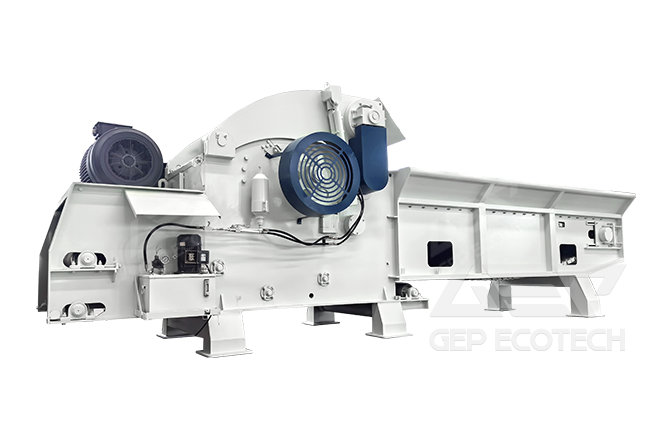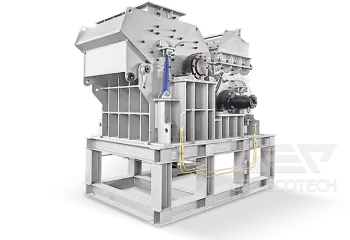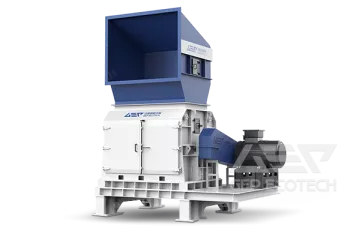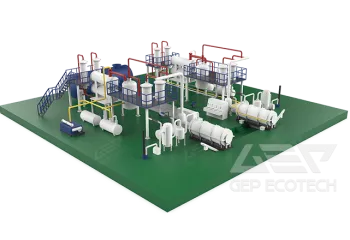When disposing of large quantities of used uniforms, selecting the appropriate shredder is a critical decision in ensuring efficient destruction and waste disposal. Single-shaft, dual-shaft, and four-shaft shredders are three common types of shredding equipment, each with unique features and advantages. This article will explore the considerations for choosing a single-, dual-, and quadruple-shaft shredder in this scenario to help make an informed choice.
Single shaft shredder
Advantage:
- Affordable: Single-shaft shredders are generally relatively affordable and suitable for cost-sensitive scenarios.
- Suitable for general materials: Suitable for general waste disposal, including documents, paper, plastic, etc.
Easy to maintain: Relatively simple structure and design, usually easy to maintain.
Disadvantages:
Limited handling of complex materials: May be less efficient when handling uniforms composed of multiple layers and materials.
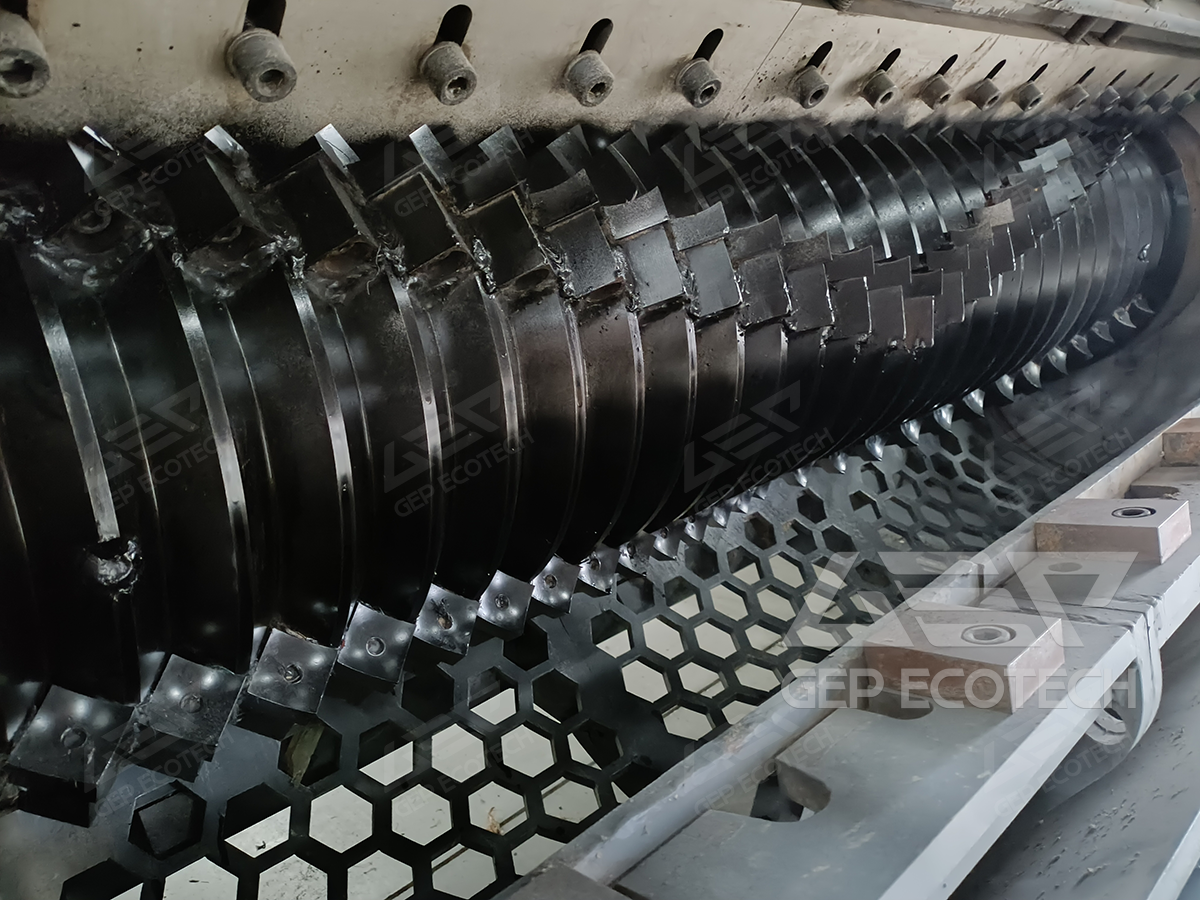
Double shaft shredder
Advantage:
- Smoothly handle complex materials: Through its dual-shaft design, it can handle multi-layer and multi-shaped uniforms more effectively and improve crushing efficiency.
- Adjustable granularity: Some dual-shaft shredders have an adjustable output granularity function to meet different processing needs.
Disadvantages:
- Relatively complex: The structure of the twin-shaft shredder is relatively complex, which may result in higher purchase and maintenance costs.
- Larger energy consumption: Due to their powerful shredding capabilities, twin-shaft shredders generally require more energy.
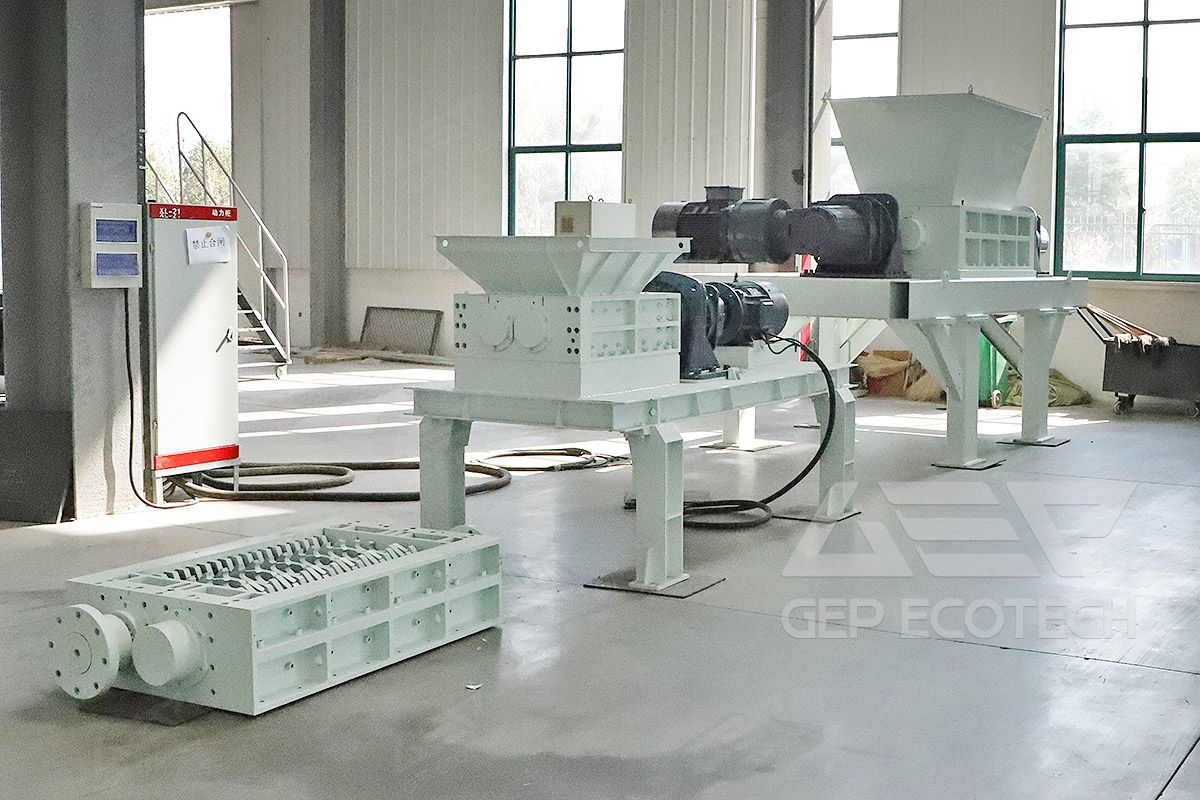
Four-shaft shredder
Advantage:
- Higher shredding capacity: The four-shaft shredder provides higher shredding capacity through its dual-group dual-shaft design, suitable for processing extremely complex and strong materials.
- High security: The output particles are usually very small, the security level is high, and it is suitable for scenarios where highly sensitive information is destroyed.
- Suitable for large-scale processing: Suitable for large-scale, high-volume uniform processing.
Disadvantages:
- High cost: Four-shaft shredders are generally an expensive option and are suitable for scenarios with a higher budget.
- Relatively complex: The structure and operation are relatively complex and require maintenance by professionals.
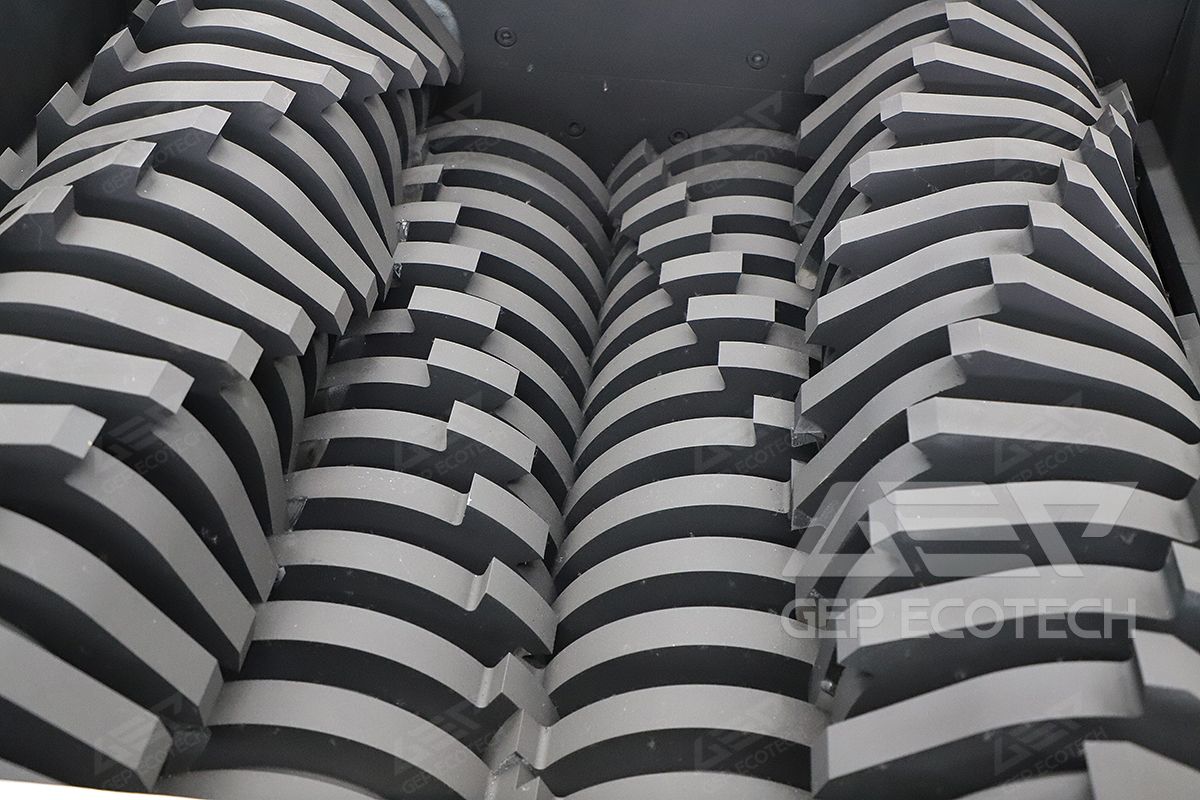
Choose strategy recommendation
- Material Composition: If old uniforms are primarily made of pure cotton or a single material, a single-shaft shredder may be sufficient. But if it contains multiple layers and materials, dual-shaft and four-shaft shredders are more suitable.
- Security Requirements: If the old uniforms contain very sensitive information, such as personally identifiable information, a four-axis shredder may be a wiser choice due to its high security level.
- Processing Capacity: Considering the processing capacity of large quantities of old uniforms, a two- or four-shaft shredder will usually be able to complete the task more quickly and smoothly.
- Budget and maintenance costs: If the material is complex, the budget is limited and economy is more important, a dual-shaft shredder may be more suitable. But if processing large volumes of uniforms is a long-term requirement, the high throughput and increased safety of a four-shaft shredder may be worth the investment.
When selecting a single, dual or four-shaft shredder, specific uniform characteristics, safety requirements and economic factors need to be considered. Each shredder has unique advantages, so selection should be based on specific processing needs and budget. By carefully weighing these factors, it is possible to select a shredder device suitable for the task of destroying large quantities of old uniforms.


